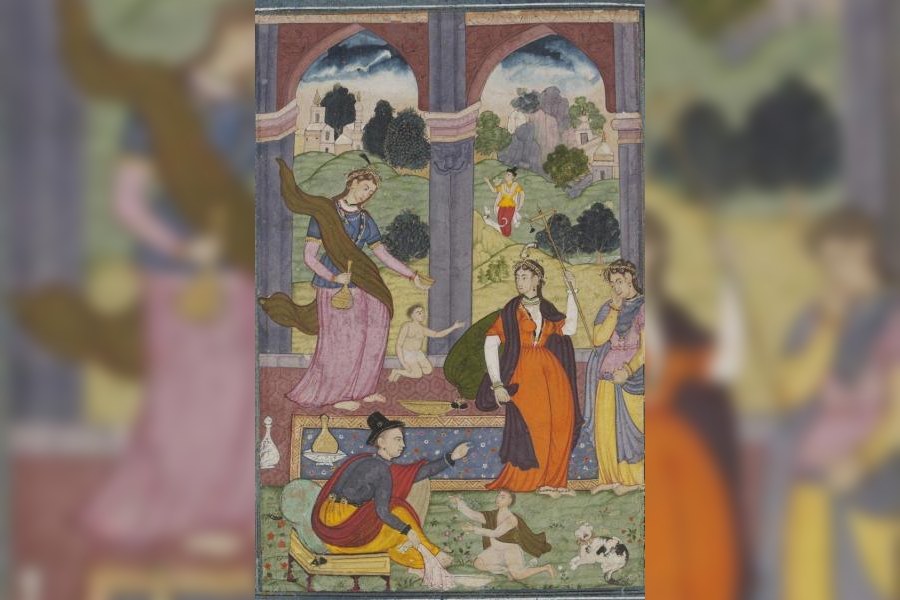Book: The Indian Cat: Stories, Paintings, Poetry, and Proverbs
Author: B.N. Goswamy
Published by: Aleph
Price: Rs 1,299
This book, perhaps one of the last works by the late art historian, B.N. Goswamy, begins with a candid confession: the author was not fascinated by the felines until a series of events — mock admonishment from a friend, the seduction of literature on cats as well as his son’s adoption of two of these creatures — led to him getting “involved… not so much with cats as with the idea of cats.” The Indian Cat, richly informative, thought-inducing, even provocative, emerges out of the encounters and the reflections of the recently departed Goswamy and includes text, verse and art, all of which examine a myriad perspectives on the Indian, domesticated cat.
The sweeping arc of Goswamy’s eclecticism is quite evident on the pages. Kalighat pats, Mughal miniatures and poems jostle with tales from the Shuka Saptati, Tuti Nama, the Jatakas and the Panchatantra. A number of the inferences are intriguing, the differential treatment of cats in medieval Europe and in India being one example. But, as usual, it is the artworks and the accompanying commentaries by Goswamy that are the most striking. Some of these are embodiments of the complex, but engaging, intersections among history, culture and art that were at play. Consider the exquisite The Presentation of the Infant Jesus in the Temple of Jerusalem, Forty Days After His Birth (picture), an example of the indigenisation of a European theme, with the unusual presence of the furry feline serving as the embossment of indigeneity.
In many of these frames, the human figures, doffing a hat to realism, tower over the cats. But the miniature marjar is no minutiae or embellishment. Goswamy’s interpretation of their poses and countenances — cats, science now says, can make 276 distinct facial expressions — is a testament to not only an enduring cultural fascination with the species but also to the imprint of anthropomorphism on art.
This anthology is peculiar and enchanting, much like the feline subject it chooses to portray and study.











